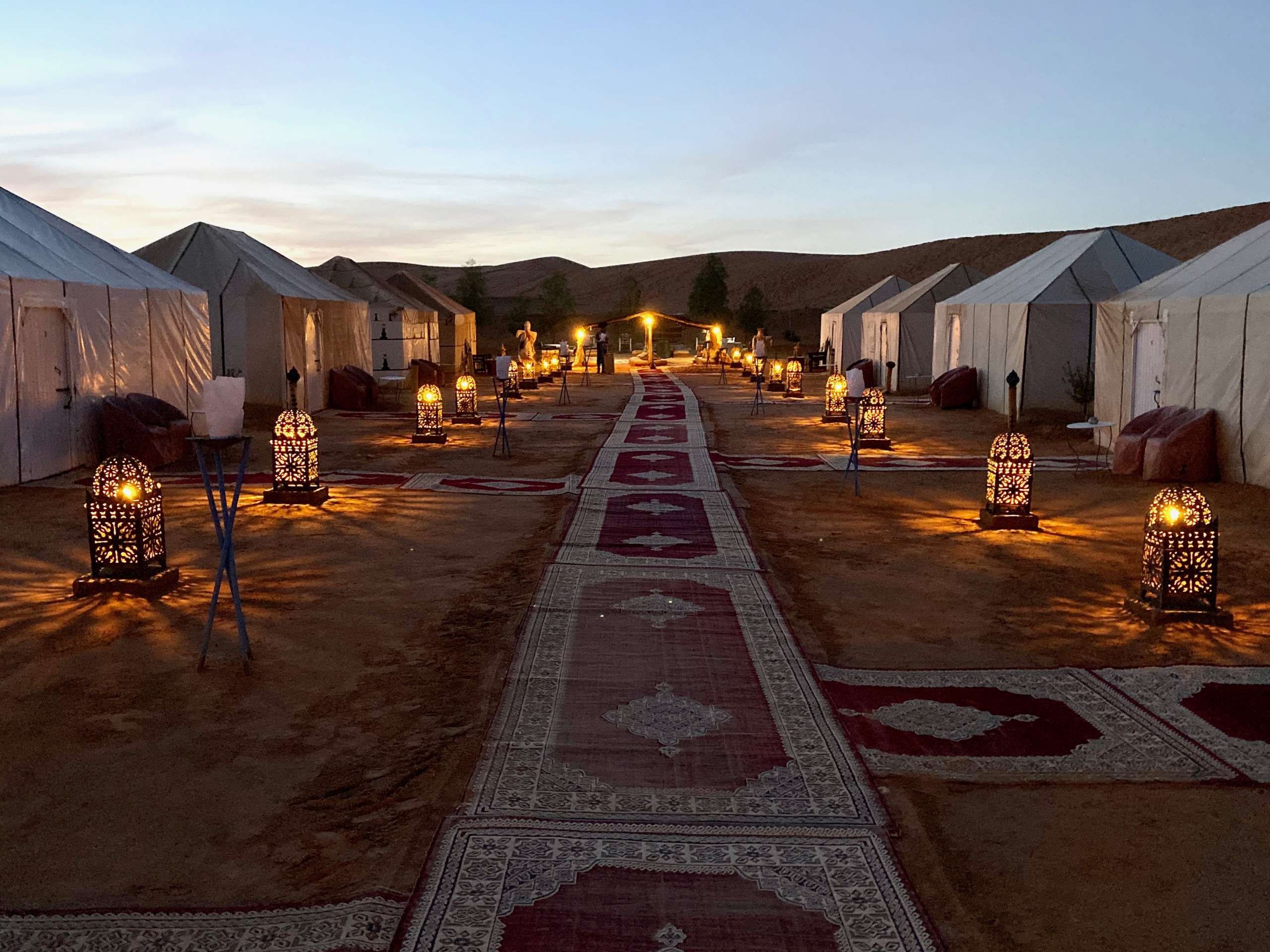Morocco’s strength lies in its integral position for trade with the rest of Africa; as such, the country has seen many influences infused with its own Berber traditions. From French to Spanish and others in between, each of Morocco’s cities – whether they be cosmopolitan metropolises or traditional medieval towns – are ready for you to discover. Here is our pick of the best cities in Morocco to help you to plan your next trip.
15. Asilah
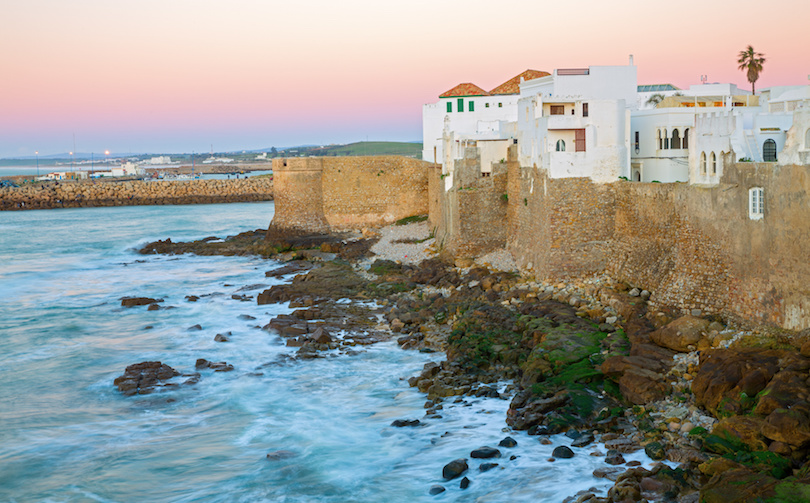
Asilah is an arty little city where brightly colored murals adorn the walls. The old fortified coastal city is a vibrant and fun place where the cultures of both Spain and Morocco fuse. Walk around the old city and discover the creativity and tradition oozing from every street. The seaside promenade provides the perfect place for a slow pedal past the pretty cafes and views of the ocean.
14. Larache
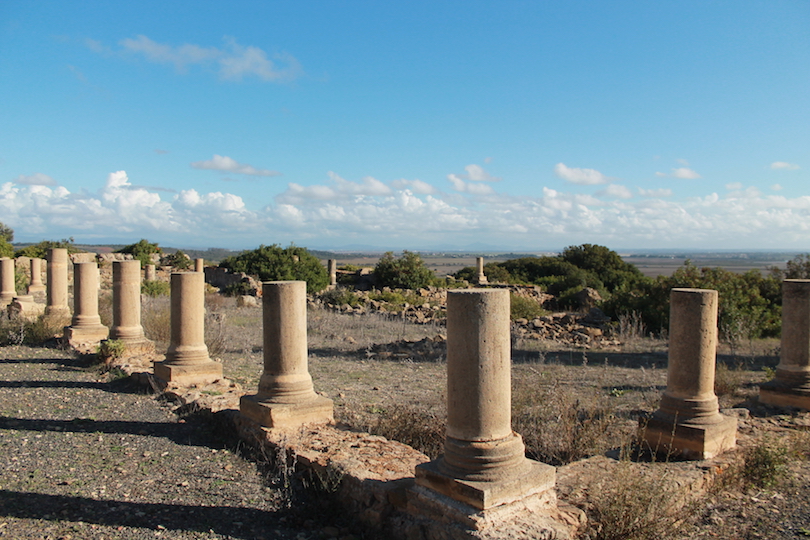 dreamstime/© Gerar F
dreamstime/© Gerar FThis chilled-out, summer city is an easy going place that is thronged with domestic tourists during the summer months. Larache’s River Loukas runs slowly through the city and the incredible ruins of Lixus sit nearby, where the legendary Gardens of the Hesperides are said to have been located. The Spanish part of this city is still very much alive – don’t be surprised to stumble across tapas bars and Spanish churches.
13. Tinghir
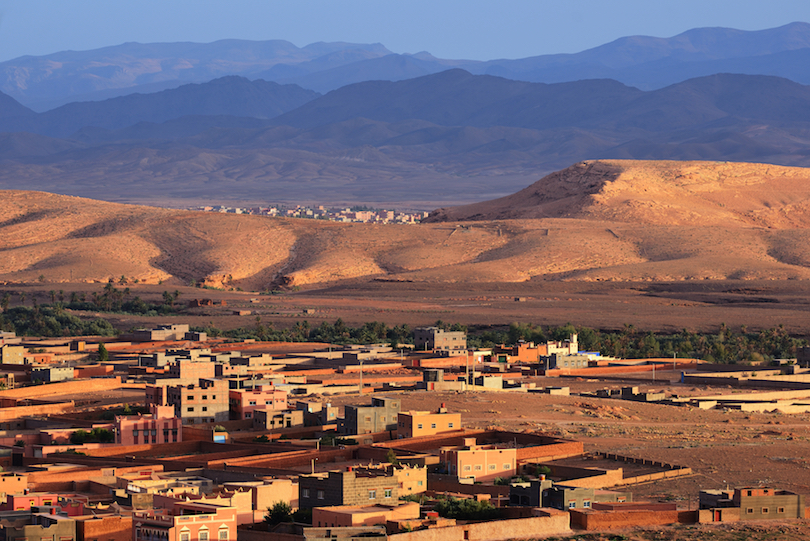
Hugged between the High Atlas Mountains and the beautiful sands of the Sahara, the tantalizing city of Tinghir sits in the middle of the Todra Valley. Tinghir is an old French town that has grown to become a city overflowing with blooming flower gardens, magnificent Kasbahs and charming narrow streets. Overlooked by the remains of the 18th Century Glaoui Palace, hike up to the top for amazing views of the surrounding areas.
12. El Jadida
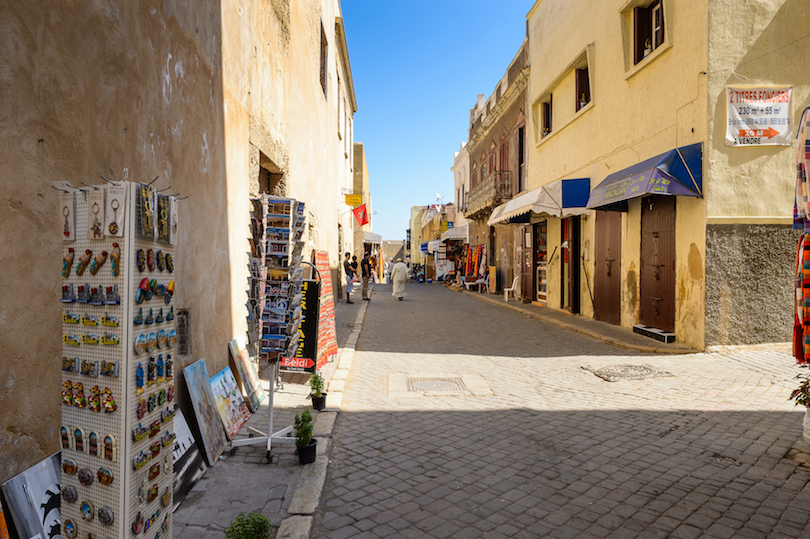
The punchy port city of El Jadida is a popular holiday resort for Moroccan residents. The length of sandy beach here gets busy in the summer months, with families enjoying time off together. The city itself doesn’t have a wealth of character, and can be explored on an easy day trip from Casablanca. Walk around the 16th Century Portuguese Cistern and take in the sites from high up on its ramparts.
11. Chefchaouen
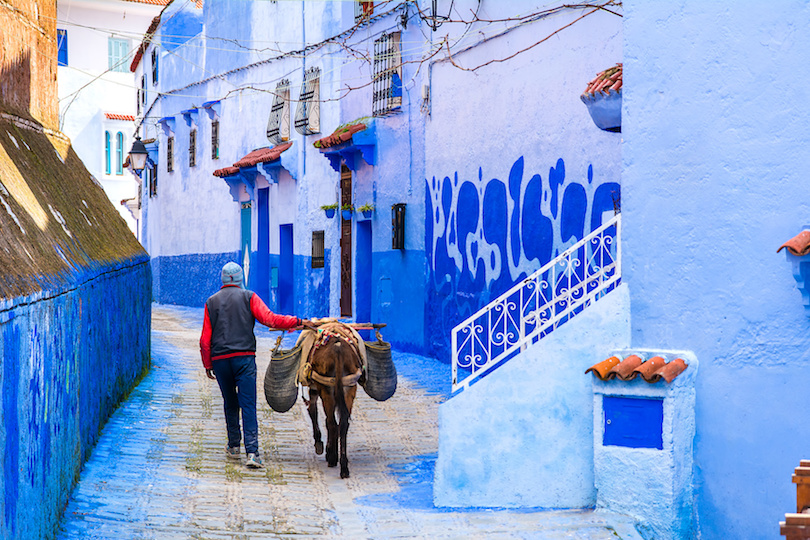
Charming Chefchaouen, with its pops of famous blue-washed buildings and red-tiled roofs, is one of the most beautiful cities in Morocco. Surrounded by breathtaking mountains, the city’s narrow labyrinth of lanes hide plazas and ancient kasbahs, (meaning ‘citadels’) with plenty of photo opportunities around every corner. With a mix of both Moroccan and Andalusian influences, this town is a hotbed of creativity and development. It’s also the perfect place to spend a few days enjoying delicious food, chatting with locals, and adventuring in the surrounding hills.
Tetouan
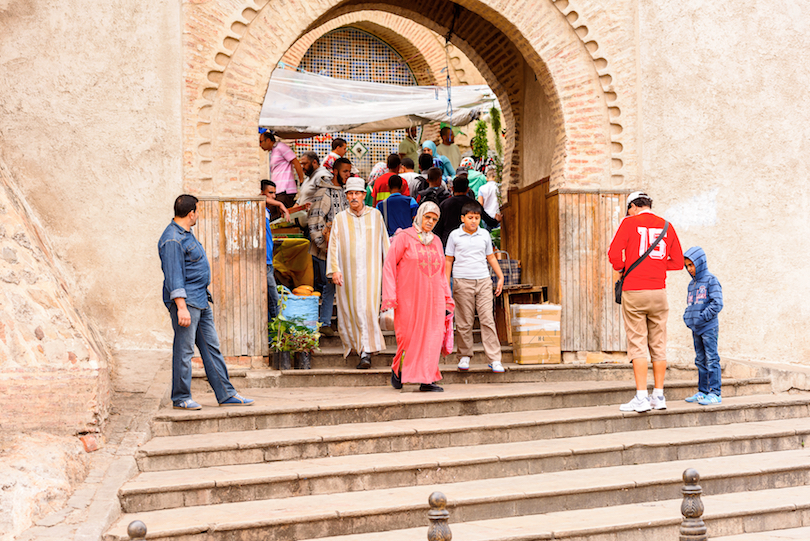
In the north of the country, the little city of Tetouan – which translates as ‘the water springs’ – sits strikingly at the foot of the Rif Mountains. The city is an important port on the Mediterranean sea and was once the capital of Spanish Morocco. Its streets are filled with square, white-washed, Spanish-style buildings and wide boulevards – make sure to visit the city’s wonderful medina and feel like you have stepped back in time.
9. Casablanca

Everyone knows the city of Casablanca as the colonial setting of the 1942 romantic film, but the city of today doesn’t quite reflect that dreamy, enchanting feeling. Instead, modern-day Casablanca is a trading powerhouse – the importance of the port city means it is Morocco’s economic hub. You can still take a walk around Casablanca’s curious old downtown to discover its past. Ornate Moorish architecture is infused with European shapes and styles. If you really want to hark back to black-and-white films, have drinks at Rick’s Cafe – the famous bar from the film (it’s a reconstruction, but we can all pretend right?).
8. Tangier

The gateway to Africa – for Europeans, at least – has a strange and checkered past. The city’s famous International Zone was a magnet for all sorts of bizarre and curious characters, attracting many writers and artists during the 1950’s and 60’s – inspiring numerous novels and songs since. The Tangiers of today still holds on to its fanciful past, and outside influences have affected Tangiers’ aesthetic. But with new business booming and money flowing in, the city has seen much development and is now a fine display of Morocco’s future.


